I'd say it smelled like a minty marjoram or oregano.
sounds like it could be oregano, now that you all say that- it does look like the common kind of oregano.
it also looks similar to some small leaf mints i have seen, so

i'm sure if you tasted some it would be clear. when it flowers it should also be clear.
Does the mugwort's fragrance get stronger as the plant matures? While there is a scent to the crushed leaves, it isn't very strong. But then the plants are all less than a foot tall at the moment.
it does get more potent as it ages, and the flowers are one of the medicinal parts. the young leaves though are better for tea, less intense. but after it flowers it smells less strong and the leaves lose potency and it all dries up.
not so strong that if you walk by it you notice it intensely, but if you crush the leaves with your fingers you will smell it on your hands for a while.
actually i do that frequently, just walk by and grab a leaf and rub it on my skin, use it as a subtle perfume. it makes a good woods washcloth type leaf for rubbing on your body. i thought it was cool when i researched it and found out that a common use for it, as i already had intuitively figured out and just did sort of automatically....to rub it on your body or to clean and perfume oneself with the leaves- bonus it works as both an insect repellent and a preventative for poison oak/poison ivy. people also used to put it in their shoes and in their closets to perfume the clothes, another bonus it has some antimicrobial properties.
its very distinct, once you smelled one of the species you would always recognize it. our native left coast kinds are much stronger medicinally, and it has a much stronger smell than the right coast kinds (mostly vulgaris).
i am 99% sure that is some species of artemisia, anyway. if i could smell it that would be the other 1 %.
its actually really hard to get a positive ID on exact species of feral mugwort, theres a lot of related subspecies and it has localized forms, slightly different looking even within the same subspecies within the same locale.
the young leaves look much different than the older leaves and the plant has a lot of different kinds of leaves it can and does express at different times. sometimes it has short fat leaves with 3, 5, or 7 segments, though usually 5....sometimes it has spiky leaves, the native douglasiana has often one spiky leaf with none of the characteristic features of the other ones, then also produces leaves that look more like the "fingers" of mugwort leaves. looking at pictures online can actually be more confusing, cause it has a lot of variability in localized types within the same species. i think theres at least hundred plants in the artemisia family, and then a few subspecies in each of those species. ?
but the most common kind on the east coast is artemisia vulgaris, and especially if its growing in a feral way and wasnt intentionally planted. so thats why i am guessing that one, its most common over there.






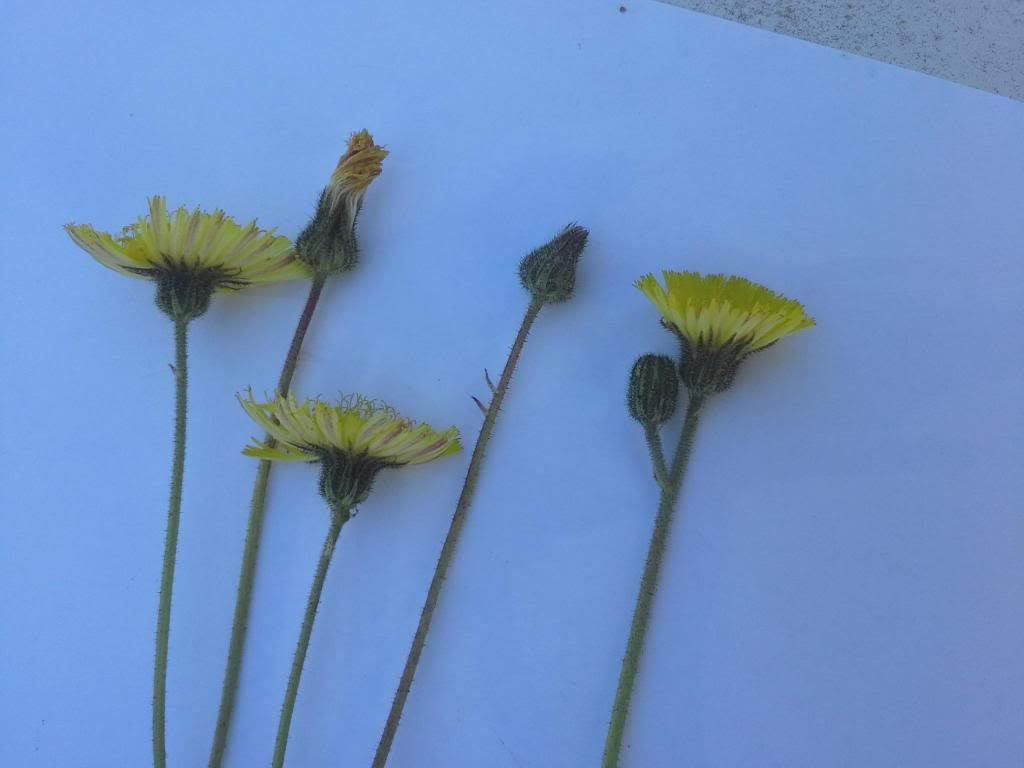
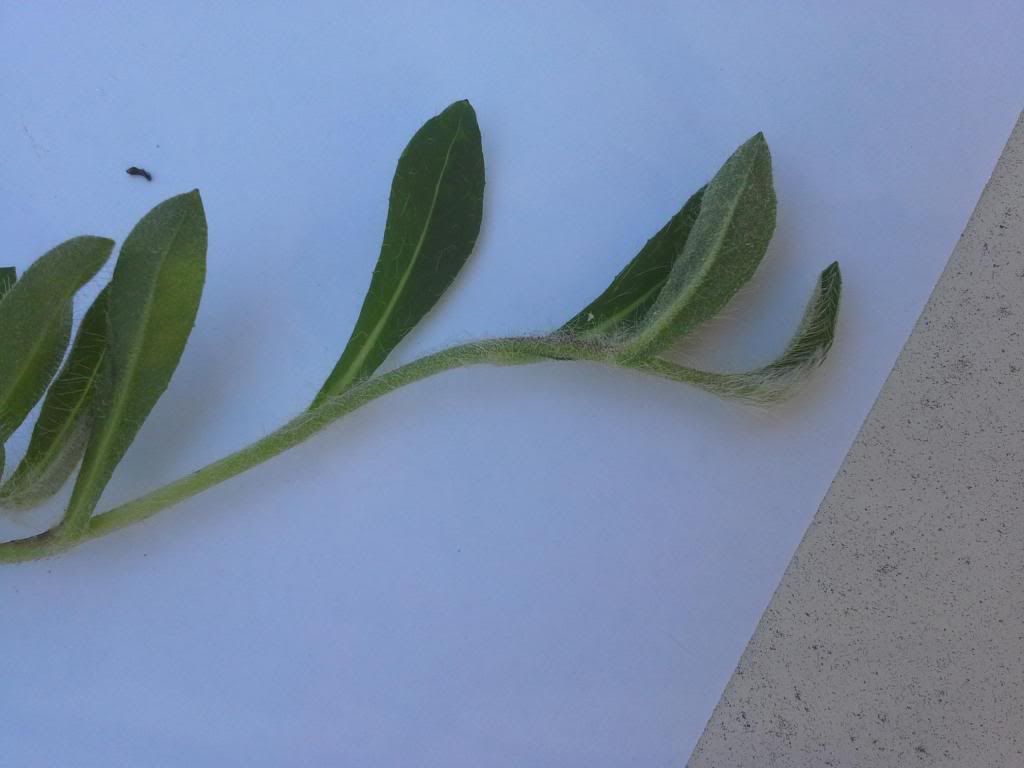
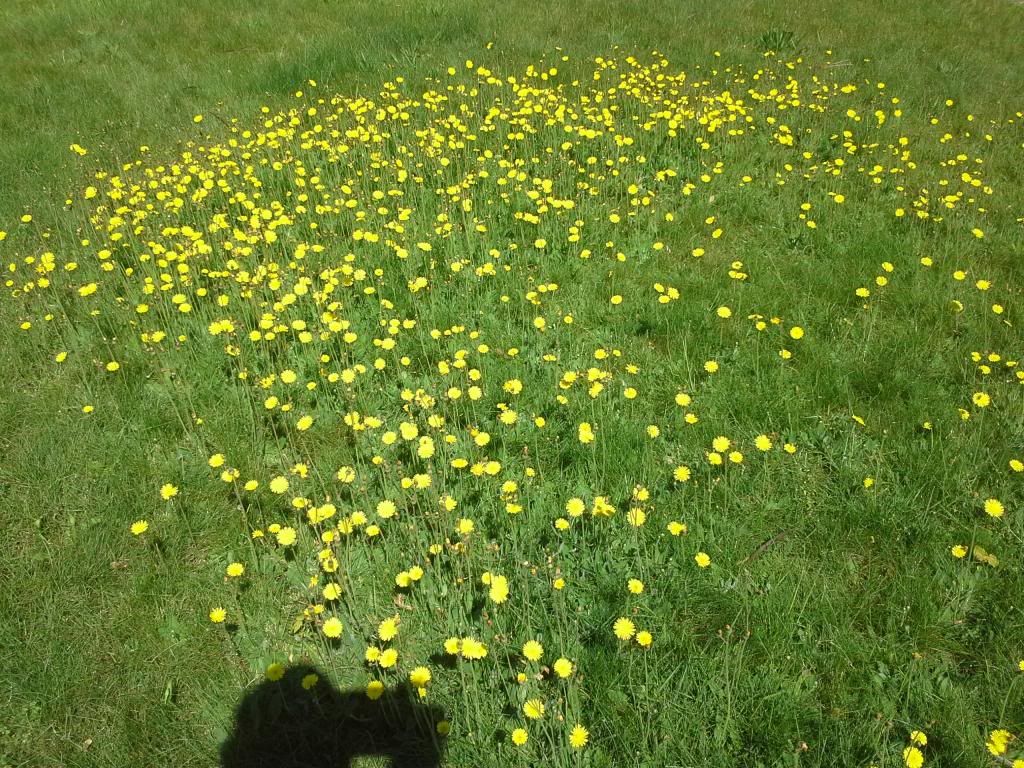


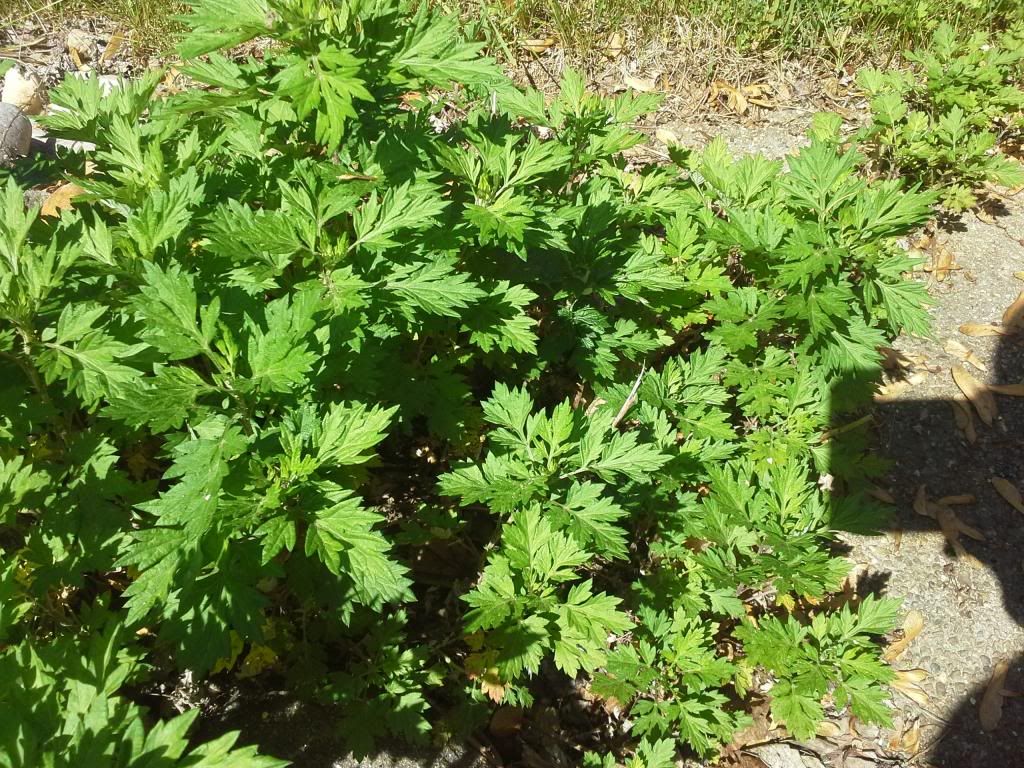

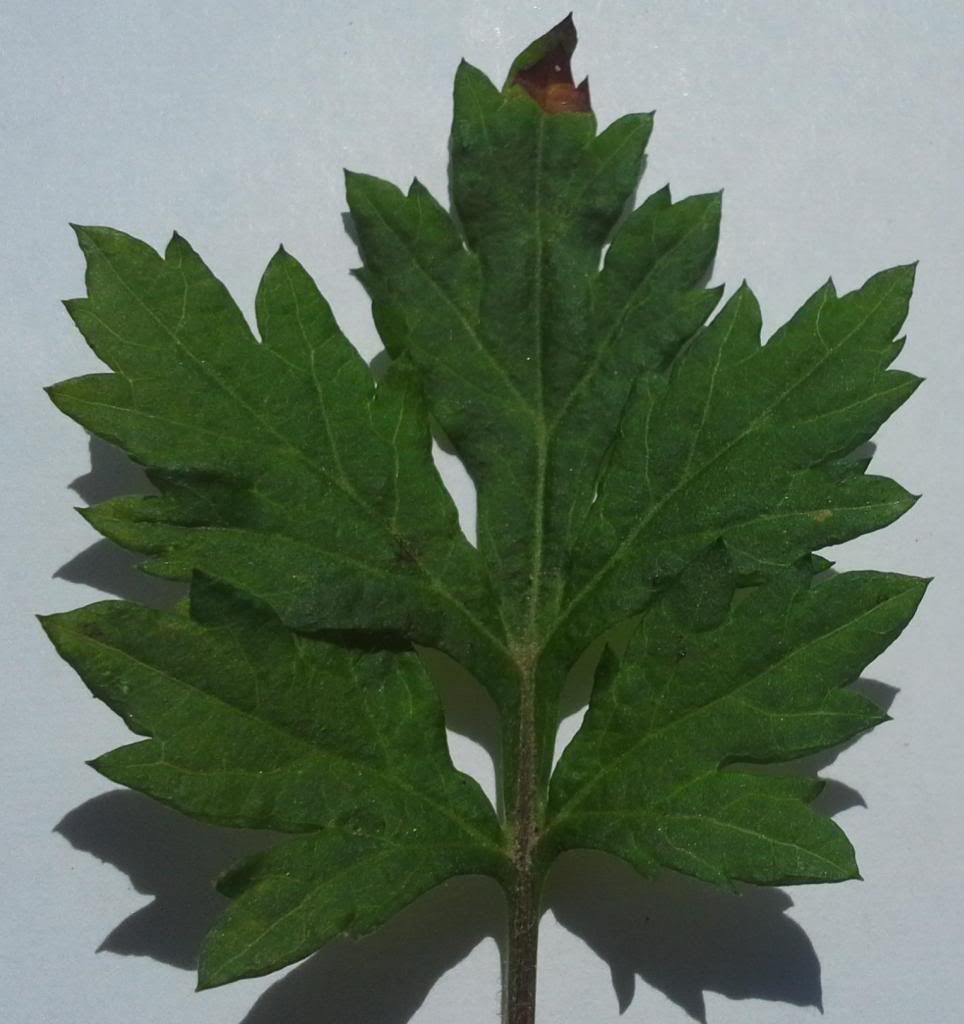








































 i'm sure if you tasted some it would be clear. when it flowers it should also be clear.
i'm sure if you tasted some it would be clear. when it flowers it should also be clear.



